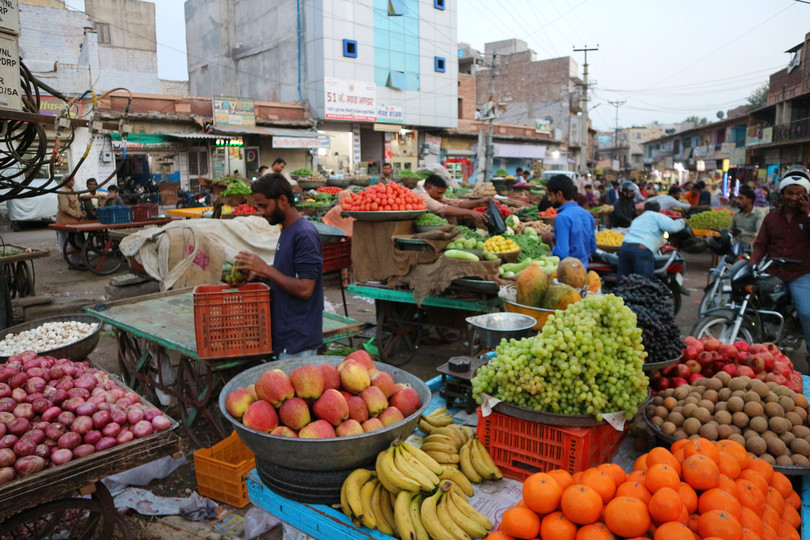Insights from the Global South Informality and the capitalist economy
How structural change occurs in the dual economies of low- and middle-income countries, and the role of economic policies and civil society efforts in promoting this transition.
Author
Authored by Amit Basole (Azim Premji University, India) and Rosa Abraham (Azim Premji University, India).
17 November 2025
Concepts
Concepts in this Insight are related to material in:
- Unit 1, Unit 2, Unit 6, and Unit 9 of The Economy 2.0: Microeconomics
- Unit 1 of The Economy 2.0: Macroeconomics
- Unit 1, Unit 2, Unit 6, Unit 9, Unit 10, Unit 16, and Unit 18 of The Economy 1.0
- Section 6.9 of The Economy: A South Asian Perspective
- Unit 1, Unit 6, Unit 8, and Unit 9 of Economy, Society, and Public Policy.
Highlights
- Low- and middle-income countries are characterized by a dual economy consisting of a capitalist sector and an informal sector.
- The informal sector consists of self-employed individuals operating enterprises on their own or with the help of family members.
- The two sectors of the dual economy are connected to each other via the flow of goods and labour between them.
- The dual economy model of Arthur Lewis outlines the process of structural change by which the informal sector shrinks as the capitalist sector expands.
- The historical evidence on the pace of structural change shows that the process may take decades or longer. It is also uneven across countries with some showing much faster change than others.
- A key objective of economic policy in countries with dual economies is to promote structural change with a judicious mix of trade, industrial, and infrastructural policies.
- Public policy and civil society organizations have played key roles in improving conditions of work in the informal sector.


